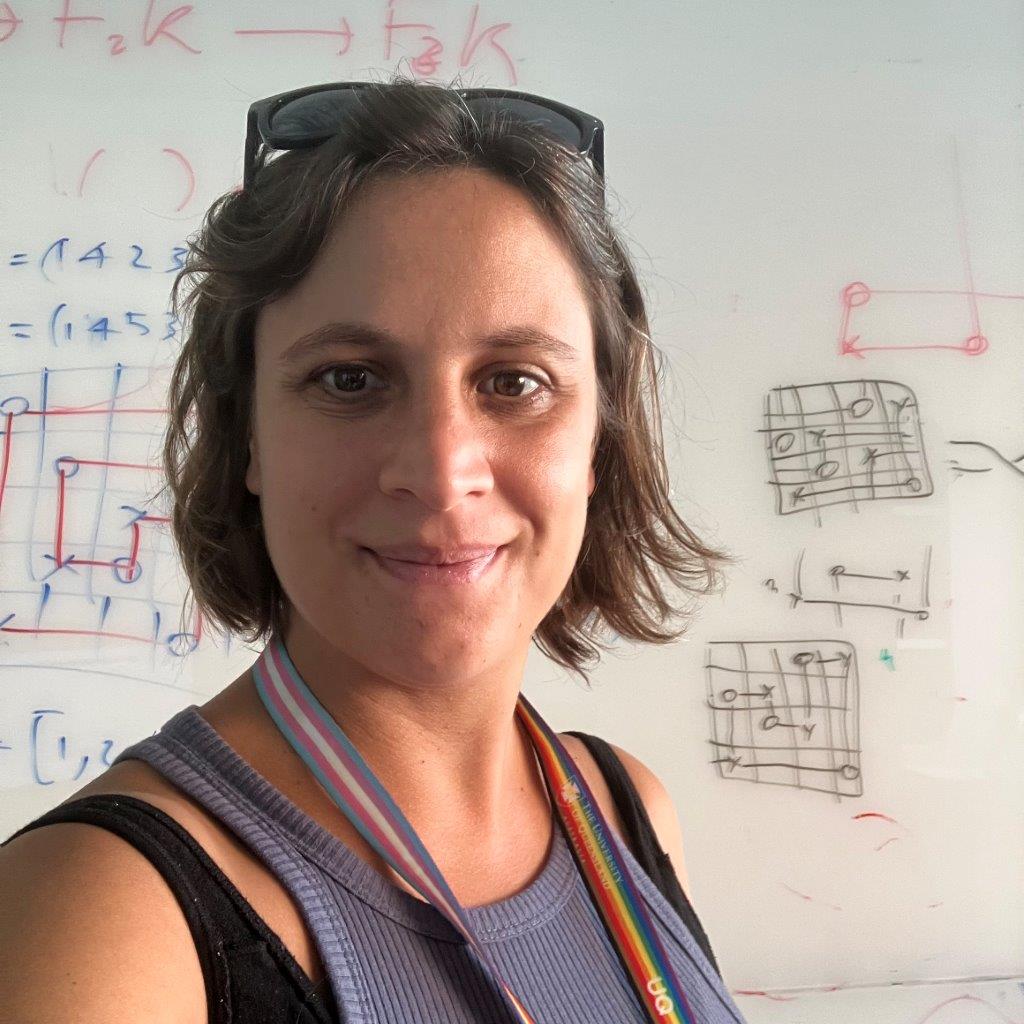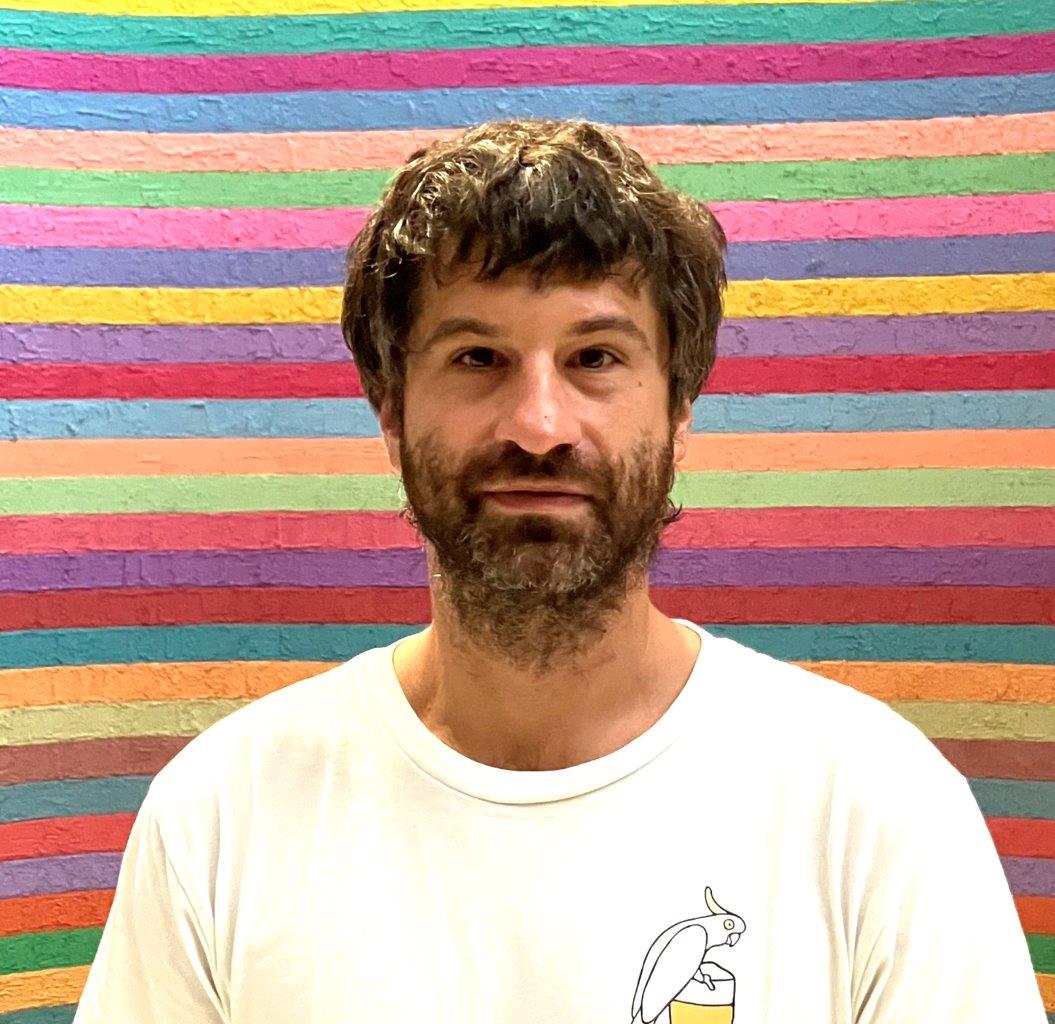Lecturers
Dr Agnese Barbensi and Dr Daniele Celoria, The University of Queensland
Synopsis
Algebraic topology is one of the essential tools in any topologist’s toolkit. Since its inception more than 100 years ago with Poincaré’s foundational definitions, it has become a cornerstone of many research fields in maths.
Recently, due to the advent of new computational techniques in data analysis, algebraic topology has experienced a new renaissance. A striking example is topological data analysis (TDA), that has emerged internationally as a prominent field in contemporary applied mathematics, with applications across all modern sciences. These applications often rely on efficient computational algorithms, which in turn are based on deep theoretical results in topology and combinatorics.
This course aims at giving a mostly self-contained and modern approach to computational algebraic topology. After introducing the necessary theoretical toolkit, we will describe persistent homology, its implementation and applications. The course’s emphasis will be placed on the interplay between topological and combinatorial constructions, and how these can be effectively used for efficient implementations.
By the end students will have a deep understanding of modern algebraic topology techniques, how these can be used and implemented in applications, as well as a good overview of the advantages of various viewpoints and methods
Course Overview
Week 1: Homological algebra
- Chain complexes and homology
- Basic category theory
- Filtered complexes
Week 2: Combinatorial tools
- Covers and nerves
- Graph matchings
- (Discrete) Morse functions
- Poset homology
Week 3: Persistent homology
- Point clouds and simplicial complexes: filtrations from data
- Persistent homology
- Structure and stability theorem
- Algorithms
Week 4: Applications and further theory
- Matching topological signal: statistical and algebraic methods
- Morse theory in persistence
- Other algorithms in persistence
Prerequisites
- First- and second-year linear algebra (linear maps, kernel, image, etc)
- Knowledge of concepts in algebra (groups, rings, fields, homomorphism etc) will be highly beneficial. We will provide pre-reading to fill most gaps.
- Some very basic coding experience would be beneficial, but not mandatory.
Assessment
- 2 Assignments (first assignment due week 1) – 20% each
- Group project – 10%
- Take home exam – 50%
Resources/pre-reading
There is no pre-reading required for this course
Not sure if you should sign up for this course?
Take this pre-enrolment QUIZ to self evaluate and get a measure of the key foundational knowledge required.

Dr Agnese Barbensi, The University of Queensland
Agnese is a lecturer at the University of Queensland. She completed her Bachelor’s and Master’s degrees at the University of Pisa, and earned her PhD at the University of Oxford. She later held postdoctoral positions in Oxford and Melbourne. Agnese is an applied and computational topologist; her research combines tools such as knot theory, applied algebraic topology, and network theory to address real-world problems. She is particularly interested in the topological aspects of folding and dynamics in biopolymers, including proteins and DNA.

Dr Daniele Celoria, The University of Queensland
Daniele is a lecturer at the University of Queensland. He studied in Italy, earning his Bachelor’s and Master’s degrees at the University of Pisa, and his PhD at the University of Florence. He then spent several years as a postdoctoral researcher at the University of Oxford and the University of Melbourne. Daniele’s research focuses on topology, particularly knot theory and its interactions with spaces in dimensions three and four. Outside academia, he enjoys juggling, bushwalking, and snorkelling.


